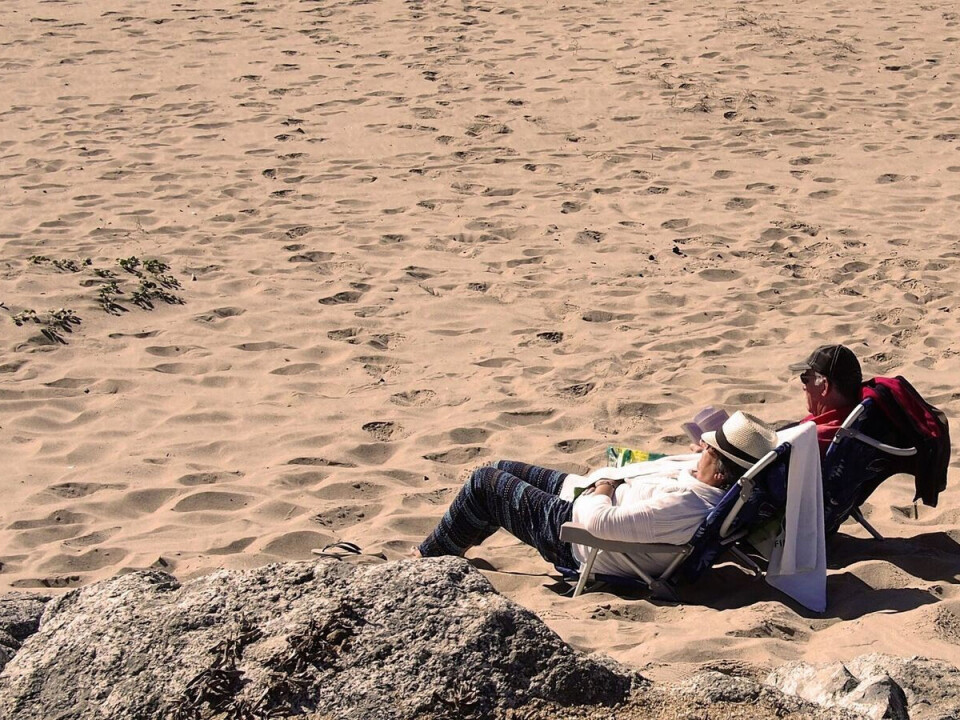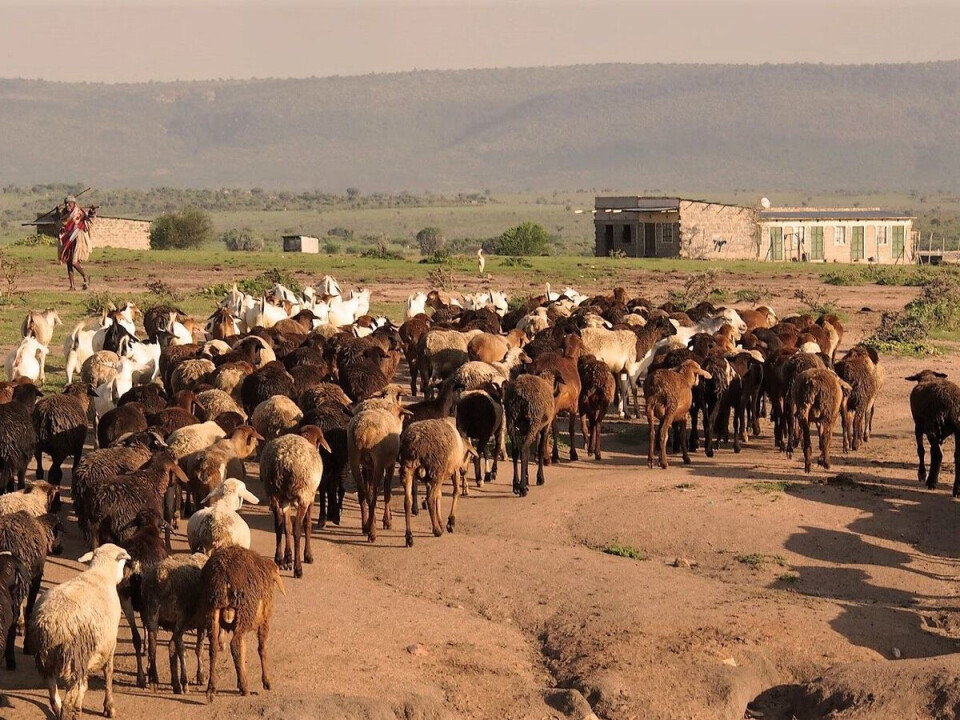This article was produced and financed by NIBIO - Norwegian Institute of Bioeconomy Research

Development may reduce heatwave impact
Global warming of 1.5 or 2°C will lead to more intense and frequent extreme heatwave events, a new study suggests. Better socio-economic development can help reduce their impact on society in low development countries.
The study, which was published in January, illustrates how people living in both developed and developing countries may be at risk of being affected by extreme heatwaves.
This has been done by establishing and projecting an illustrative index of global heatwave risk associated with global warming of 1.5 and 2°C for two future pathways of societal development.
These scenarios represent several low and high vulnerability conditions based on UN’s Human Development Index (HDI), i.e. level of education, per capita income and life expectancy.
“Findings of the study indicate that with a 1.5°C mean temperature rise in 2075, the average number of people exposed to heatwave events may be larger in low-HDI countries compared to the number of people in high-HDI countries exposed to heatwave events at a 2°C rise,” says Sebastian Sippel, researcher at NIBIO's department for Terrestrial Ecology and co-author of the study.

“The results of our study show inequality and provide a picture of where the impacts of climate change may be felt the most,” he adds.
Sippel points out that the study is illustrative and does not fully account for the different levels of vulnerability across populations, seeing as calibrated dose-response relationships for heatwaves are unavailable for most countries.
This being said, the study does provide relevant information for global-scale impacts and risk assessments linked to heatwaves.
In addition, it points toward ways in which analyses of a wide range of climate risks could be strengthened.
More intense heatwaves

Jana Sillmann, research director at CICERO Center for International Climate Research and another co-author of the study, says that the frequency and intensity of heatwaves will increase with rising global mean temperatures.
The tropics and the sub-tropics, which is where most of the least developed and developing countries are located, will in the near term experience a more rapid intensification of heatwaves.
“For instance, heatwaves that are very unusual in today’s climate will by 2040 occur on a regular basis if we continue emitting greenhouse gases at the current rate,” Sillmann says.
If global warming is stabilised below 1.5°C, the risk of people in developing countries suffering serious harm during heatwaves may be significantly reduced.
Furthermore, the risk may be lowered if these countries experience rapid socio-economic development.
Better healthcare may lower heatwave impact
“Socio-economic development strengthens healthcare and increases the number of people having higher education and a better income. This means that people will have better access to healthcare during a heatwave, and will be better equipped to deal with heatwave impacts, such as having access to air conditioning and a home that provides some shelter from the heat,” Sillmann explains.
“Being able to escape the heat reduces the risk of suffering from heat-induced health problems such as dehydration, heat exhaustion and heat strokes, which may all lead to premature death,” she adds.
An initial attempt for further studies
Vulnerability is a complex issue which is difficult to quantify.
The projections presented in the study of the heatwave hazard and exposure to it can be interpreted as the distribution of the world’s populations according to the likelihood of them experiencing the hazard.
The study does not account for differential levels of vulnerability across populations.
Sebastian Sippel from NIBIO stresses that although the study has significance, it is important to look at it for what it is: illustrative, not necessarily reality.
“Rather than paint the full picture, our work should be considered an initial attempt to quantify global differences in heatwave hazard, exposure and illustrative risk between different warming levels and socioeconomic pathways,” he says.
“Our hope is that the study triggers discussions about how to go about real risk quantification analyses when it comes to heatwaves and other hazards at a global scale,” he adds.
The study has been written as part of the CiXPAG and ClimateXL research projects, which are funded by The Research Council of Norway.
Scientific links
- Russo, S., J. Sillmann, S. Sippel, M. J. Barcikowska, C. Ghisetti, M. Smid and B. O’Neill (2019). "Half a degree and rapid socioeconomic development matter for heatwave risk." Nature Communications 10(1): 136.
- Simone Russo, Andrea F. Marchese, J. Sillmann and Giuseppina Immé 2016 “When will unusual heat waves become normal in a warming Africa.” Environ. Res. Lett. 11 (2016)
- Development reduces heatwave risk. Article on CICERO
































